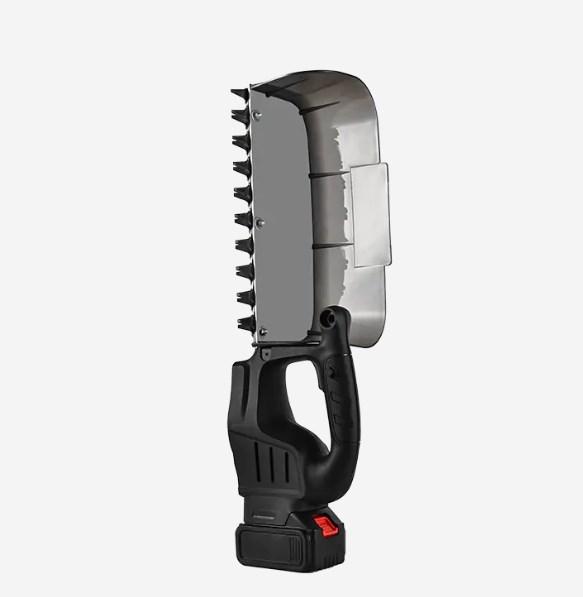The Ecological Impact of Lithium Battery Garden Tools

The rise of lithium battery garden tools has been met with enthusiasm by both environmentalists and gardening enthusiasts. These tools, which encompass a wide range of equipment from trimmers and blowers to mowers and cultivators, are increasingly being adopted for their efficiency, convenience, and purported environmental benefits. However, the question of whether lithium battery garden tools are truly environmentally friendly is a complex one that requires a thorough examination of their lifecycle, from production to disposal.
To begin with, the environmental friendliness of lithium battery garden tools starts with their energy source. Lithium-ion batteries, which power these tools, are known for their high energy density, meaning they can store more energy in a smaller and lighter package compared to traditional lead-acid or nickel-cadmium batteries. This translates to less energy consumption during the manufacturing process, which in turn reduces the carbon footprint associated with the production of these tools.
Moreover, lithium battery garden tools are designed to be more energy-efficient in operation. They consume less power than their gas-powered counterparts, which not only saves on fuel costs for the user but also reduces the overall energy consumption and associated emissions. This is particularly significant when considering the widespread use of these tools across residential and commercial landscapes.
However, the environmental impact of lithium battery garden tools is not limited to their operational efficiency. The longevity of lithium-ion batteries is another factor that contributes to their green credentials. These batteries typically have a longer lifespan than other types of batteries, which means they do not need to be replaced as frequently. This reduces the demand for new batteries and the associated waste, thus lessening the environmental burden.
Nonetheless, the environmental friendliness of lithium battery garden tools is not without its challenges. The production of lithium-ion batteries involves the extraction of raw materials, such as lithium, cobalt, and nickel, which can have significant environmental and social implications. The mining of these materials can lead to habitat destruction, water pollution, and the displacement of local communities. Furthermore, the refining and manufacturing processes can also generate waste and emissions.
The disposal of lithium battery garden tools and their batteries at the end of their life is another area of concern. While lithium-ion batteries are more environmentally friendly than some other types of batteries, they still contain potentially harmful substances that require proper disposal. Improper disposal can lead to soil and water contamination, posing risks to both human health and the environment.
To mitigate these issues, manufacturers and policymakers are increasingly focusing on the development of more sustainable practices for the production, use, and disposal of lithium battery garden tools. This includes the use of recycled materials in battery production, the design of batteries for easier recycling, and the establishment of take-back programs to ensure that used batteries are properly disposed of or recycled.
In conclusion, while lithium battery garden tools offer numerous environmental advantages over traditional gas-powered equipment, their green credentials are not without their complexities. The environmental impact of these tools is influenced by a range of factors, from the extraction and production of raw materials to the disposal of used batteries. As the demand for lithium battery garden tools continues to grow, manufacturers, users, and policymakers must work together to ensure that these tools are used and disposed of in the most environmentally responsible manner possible. By doing so, we can harness the benefits of lithium battery technology while minimizing its environmental footprint, ensuring a greener and more sustainable future for our gardens and landscapes.
- Art
- Causes
- Crafts
- Dance
- Drinks
- Film
- Fitness
- Food
- Jogos
- Gardening
- Health
- Início
- Literature
- Music
- Networking
- Outro
- Party
- Religion
- Shopping
- Sports
- Theater
- Wellness


